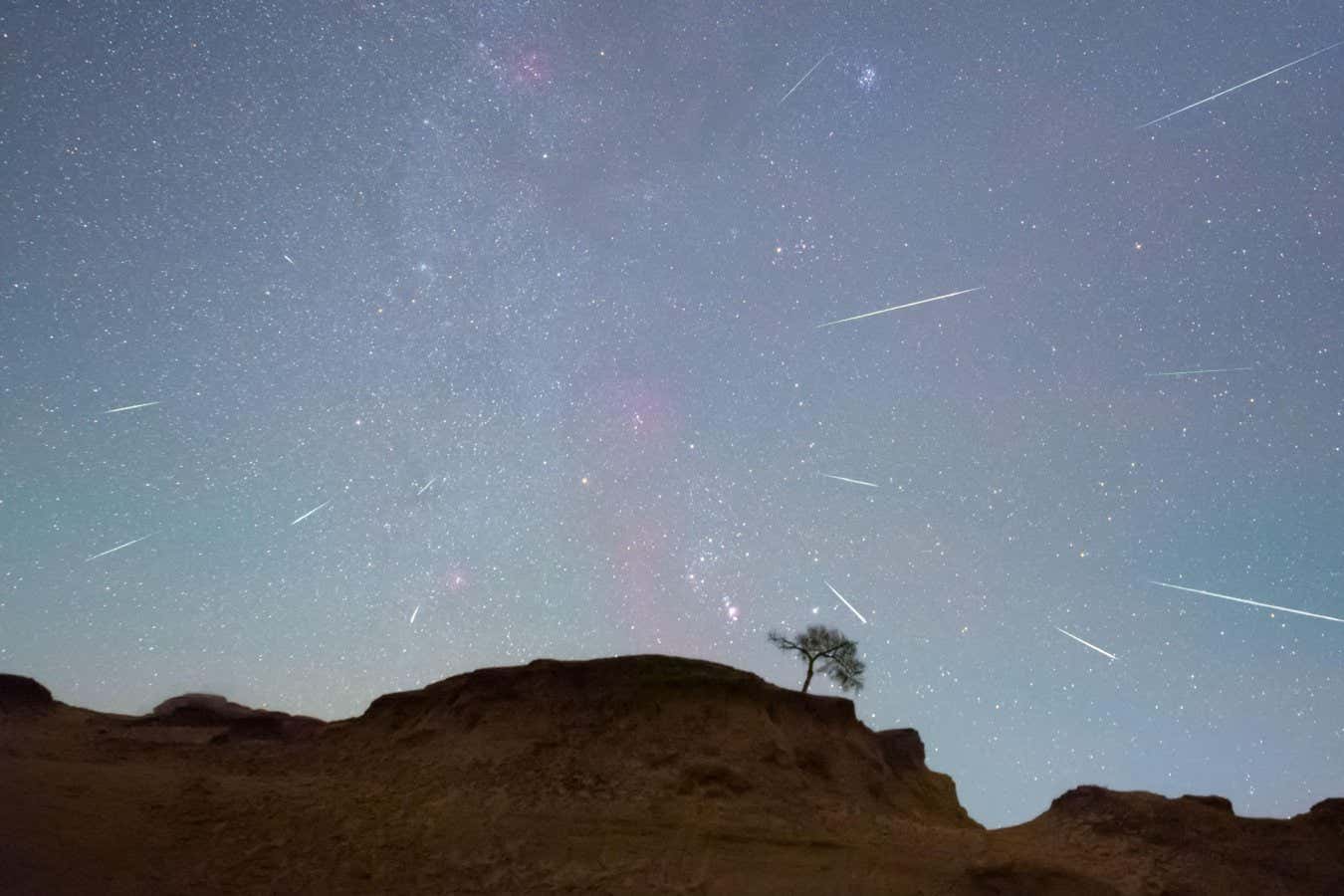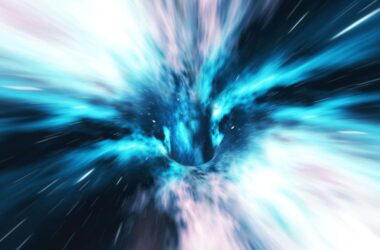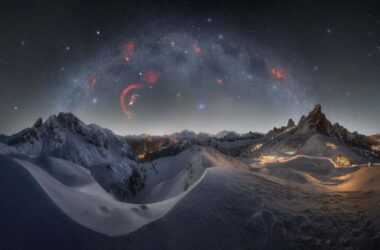The Orionid meteor shower, which started on 2 October and will finish on 7 November, is set to peak on the night of 21 October. This annual meteor shower is known for its reliability, and it should be visible across the world. With clear skies, viewers should be able to see around 20 meteors an hour.
What are meteor showers?
Meteor showers occur when debris from a comet enters Earth’s atmosphere and heats up, resulting in flashes of light. They typically happen at random, but when Earth passes through a cloud of debris from a comet, more meteors are visible over consecutive days or weeks.
Why are they called the Orionids?
The Orionids are named after the Orion constellation, as they appear to come from this area of the sky. However, the meteors are actually debris from Halley’s comet, which visits Earth’s vicinity approximately every 75 years. Although spotting the comet itself is rare, Earth passes through its debris field annually.
How can I watch the Orionids?
Weather conditions will play a role in visibility. If the skies are clear, find a location with minimal light pollution and let your eyes adjust to the dark by avoiding artificial lights. The best time to view the Orionid meteor shower is after midnight and before dawn.
The Orionid meteors will be visible across the entire night sky, appearing to radiate from the Orion constellation due to Earth’s movement through the comet’s tail. Each meteor will last only a few seconds and move across the sky quickly. It’s important not to mistake them for satellites, which move more smoothly and have longer visibility.
How do I find Orion?
Orion is one of the easier constellations to spot because it consists of bright stars and is visible from most parts of the world at different times of the year. In the northern hemisphere, Orion is visible from September, but it is most noticeable between January and March.
The defining feature of Orion is a straight line of three bright stars forming the hunter’s belt: Alnitak, Alnilam, and Mintaka. These stars are evenly spaced and similarly bright. Once you’ve identified the belt, you can look for other bright stars that make up Orion, such as Rigel (the sixth-brightest star in the sky) and Betelgeuse. In the southern hemisphere, their positions are reversed.
What is Halley’s comet?
Halley’s comet is a 15-kilometer wide ball of dust and ice that passes by Earth approximately every 75 years. It is considered a short-period comet, with an orbit around Earth that takes less than 200 years. The comet was last seen in February 1986 and is expected to return in July 2061. Scientists believe that comets like Halley’s originate in the far reaches of the solar system, such as the icy Oort cloud, and are gradually pulled towards the center by the gravity of the sun and planets.
Topics:








